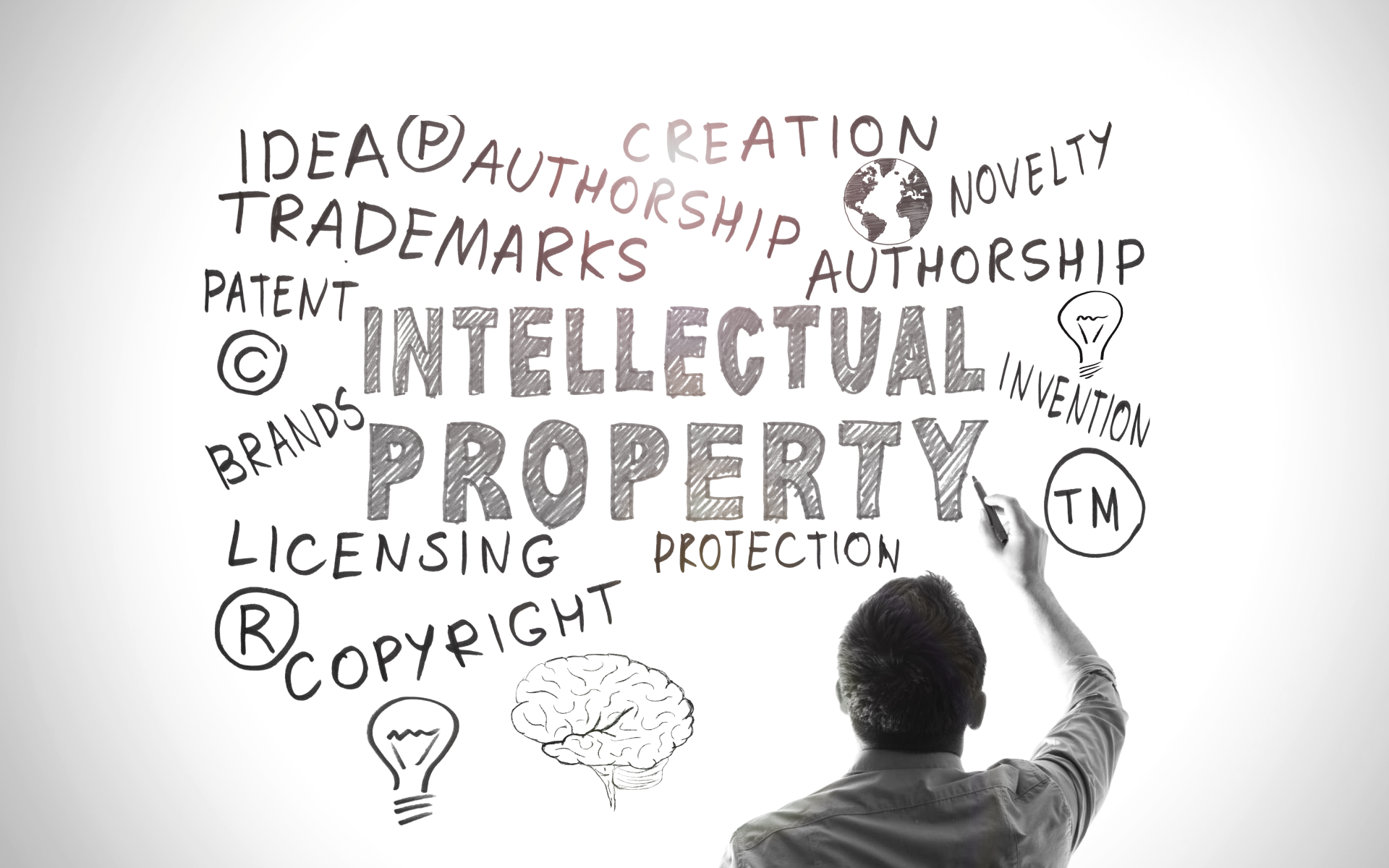INTELLECTUAL PROPERTY RIGHT
"If you actually believe in free speech and not simply the free distribution of other people's intellectual property, you should let journalists, law firms, and investors exercise their rights to it alongside your own." - Glenn Kelman
COPYRIGHT
WHAT IS COPYRIGHT?
Copyright (or author's right) is a legal term used to describe the rights that creators have over their literary and artistic works. Works covered by copyright range from books, music, paintings, sculpture, and films, to computer programs, databases, advertisements, maps, and technical drawings.
The copyright law aims to balance the interests of those who create content, with the public interest in having the widest possible access to that content.
WHAT CAN BE PROTECTED USING COPYRIGHT?
Exhaustive lists of works covered by copyright are usually not to be found in legislation. Nonetheless, broadly speaking, works commonly protected by copyright throughout the world include:
- literary works such as novels, poems, plays, reference works, and newspaper articles;
- computer programs, databases;
- films, musical compositions, and choreography;
- artistic works such as paintings, drawings, photographs, and sculpture;
- architecture; and
- advertisements, maps, and technical drawings.
Copyright protection extends only to expressions, and not to ideas, procedures, methods of operation, or mathematical concepts as such. Copyright may or may not be available for a number of objects such as titles, slogans, or logos, depending on whether they contain sufficient authorship.
There are two types of rights under copyright:
economic rights, which allow the rights owner to derive financial reward from the use of their works by others; and moral rights, which protect the non-economic interests of the author.
Most copyright laws state that the rights owner has the economic right to authorize or prevent certain uses in relation to a work or, in some cases, to receive remuneration for the use of their work (such as through collective management). The economic rights owner of a work can prohibit or authorize:
- its reproduction in various forms, such as printed publication or sound recording;
- its public performance, such as in a play or musical work;
- it's recording, for example, in the form of compact discs or DVDs;
- it's broadcasting, by radio, cable, or satellite;
- its translation into other languages; and
- its adaptation, such as a novel into a film screenplay.
Examples of widely recognized moral rights include the right to claim authorship of a work and the right to oppose changes to a work that could harm the creator's reputation.
TRADE SECRECY
WHAT IS TRADE SECRECY?
Trade secrets are intellectual property (IP) rights on confidential information which may be sold or licensed.
In general, to qualify as a trade secret, the information must be:
- commercially valuable because it is secret,
- be known only to a limited group of persons, and
- be subject to reasonable steps taken by the rightful holder of the information to keep it secret, including the use of confidentiality agreements for business partners and employees.
WHAT KIND OF INFORMATION IS PROTECTED BY TRADE SECRECY?
In general, any confidential business information which provides an enterprise a competitive edge and is unknown to others may be protected as a trade secret.
TYPE OF TRADE SECRET
Trade secrets encompass both technical information, such as information concerning manufacturing processes, pharmaceutical test data, designs and drawings of computer programs, and commercial information, such as distribution methods, list of suppliers and clients, and advertising strategies.
A trade secret may be also made up of a combination of elements, each of which by itself is in the public domain, but where the combination, which is kept secret, provides a competitive advantage.
Other examples of information that may be protected by trade secrets include financial information, formulas and recipes and source codes.
WHAT KIND OF PROTECTION DOES A TRADE SECRECY OFFER?
Depending on the legal system, the legal protection of business secrets forms part of the general concept of protection against unfair competition or is based on specific provisions or case law on the protection of confidential information.
While a final determination of whether trade secret protection is violated or not depends on the circumstances of each individual case, in general, unfair practices in respect of secret information include industrial or commercial espionage, breach of contract and breach of confidence.
A trade secret owner, however, cannot stop others from using the same technical or commercial information, if they acquired or developed such information independently by themselves through their own R&D, reverse engineering, or marketing analysis, etc. Since trade secrets are not made public, unlike patents, they do not provide "defensive" protection, as being prior art. For example, if a specific process of producing Compound X has been protected by a trade secret, someone else can obtain a patent or a utility model on the same invention, if the inventor arrived at that invention independently.
HOW CAN A TRADE SECRET BE PROTECTED?
Companies should take preventive measures to protect trade secrets against theft or misappropriation, including:
- Non-disclosure agreement (NDA): employees and business partners should sign a non-disclosure agreement that prevents them from disclosing a company's confidential information.
- Non-compete agreement (NCA): employers should ask employees, contractors, and consultants to sign a non-compete agreement to prevent them from entering in competition when their employment/service agreement ends.
- Robust IT security infrastructure
- Controlling the accessibility of important documents
- www: this refers to the third-level domain (World Wide Web).
- ovhcloud: refers to the second-level domain; this is the name of the site.
- .com: this is the top-level domain (TLD), also known as a domain name extension.






Comments
Post a Comment